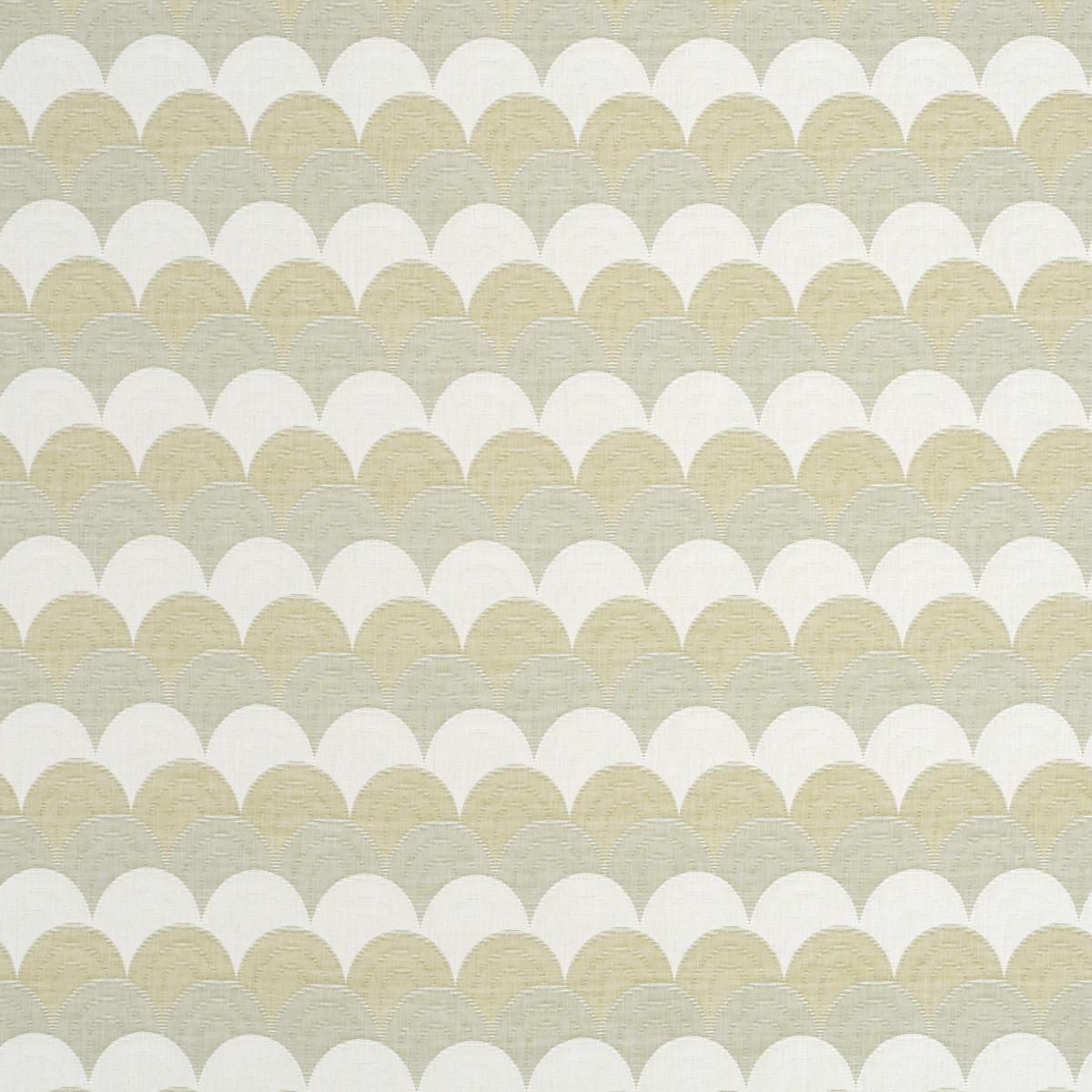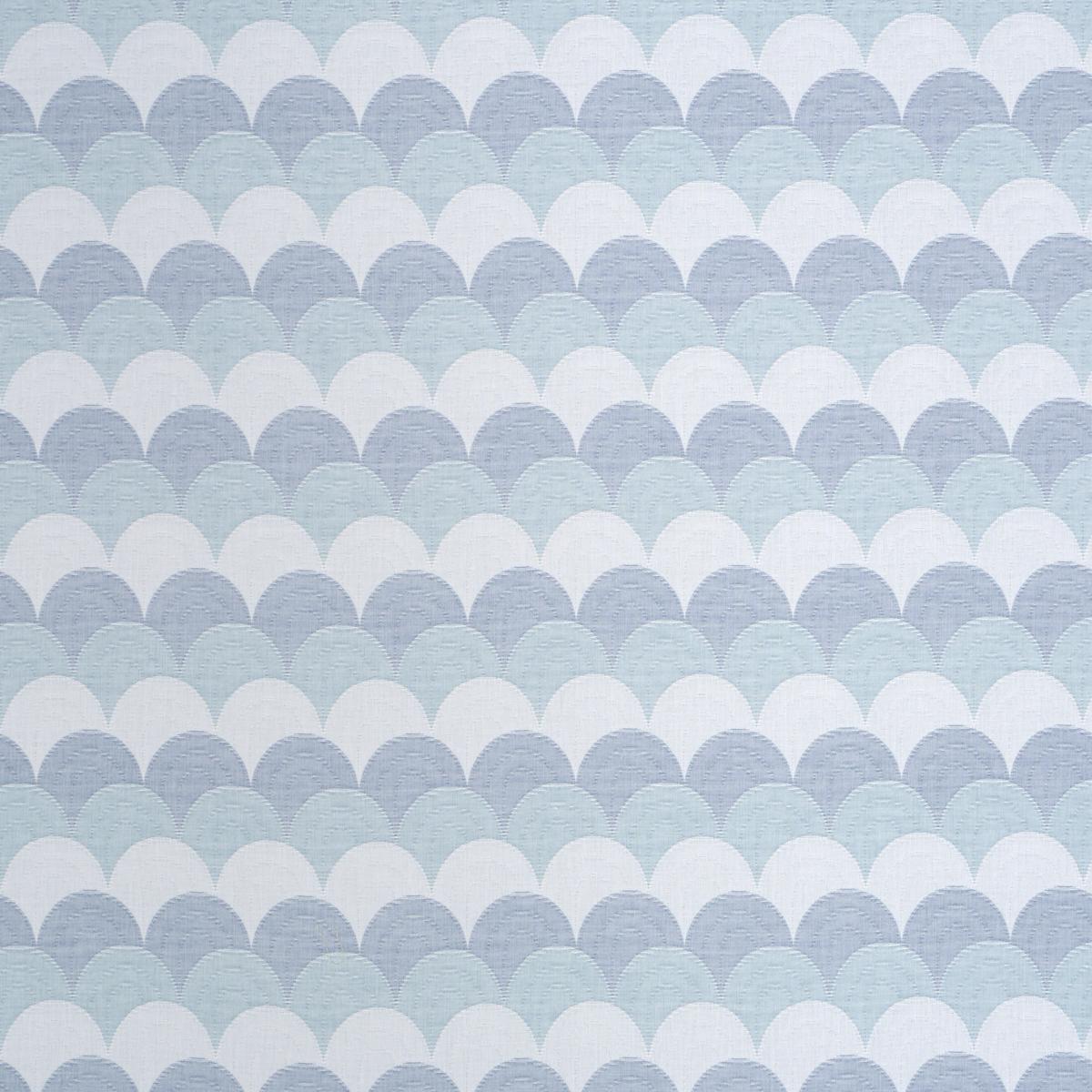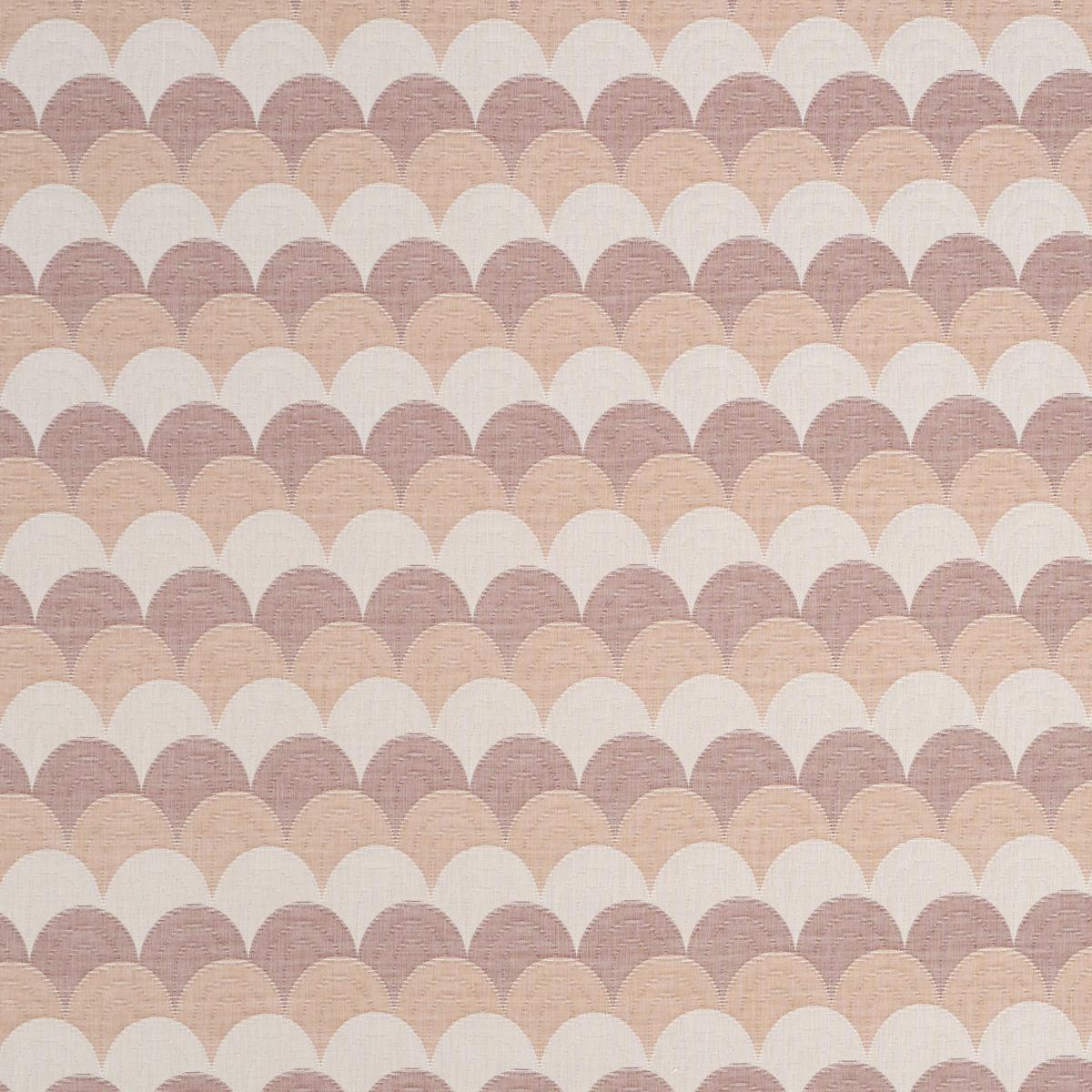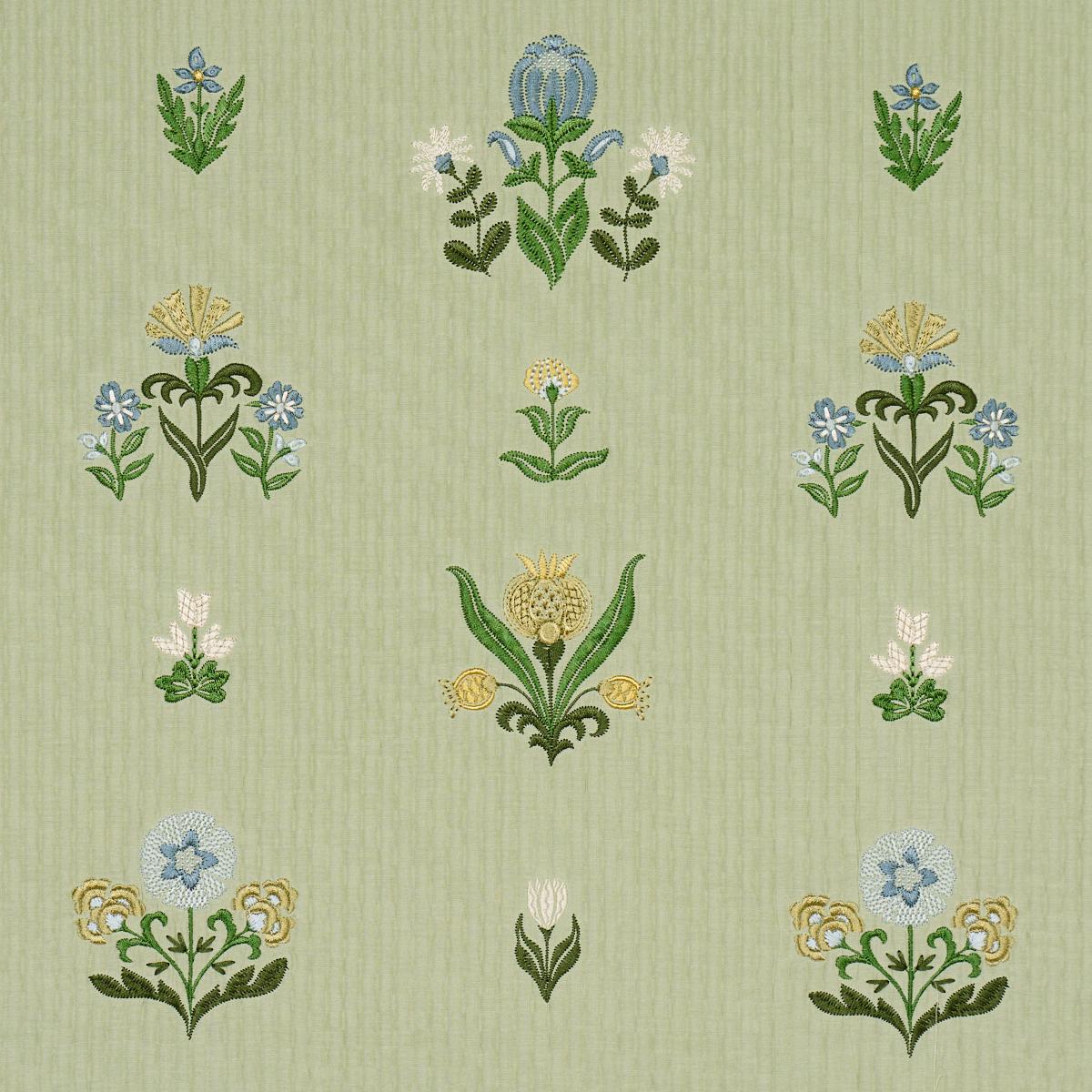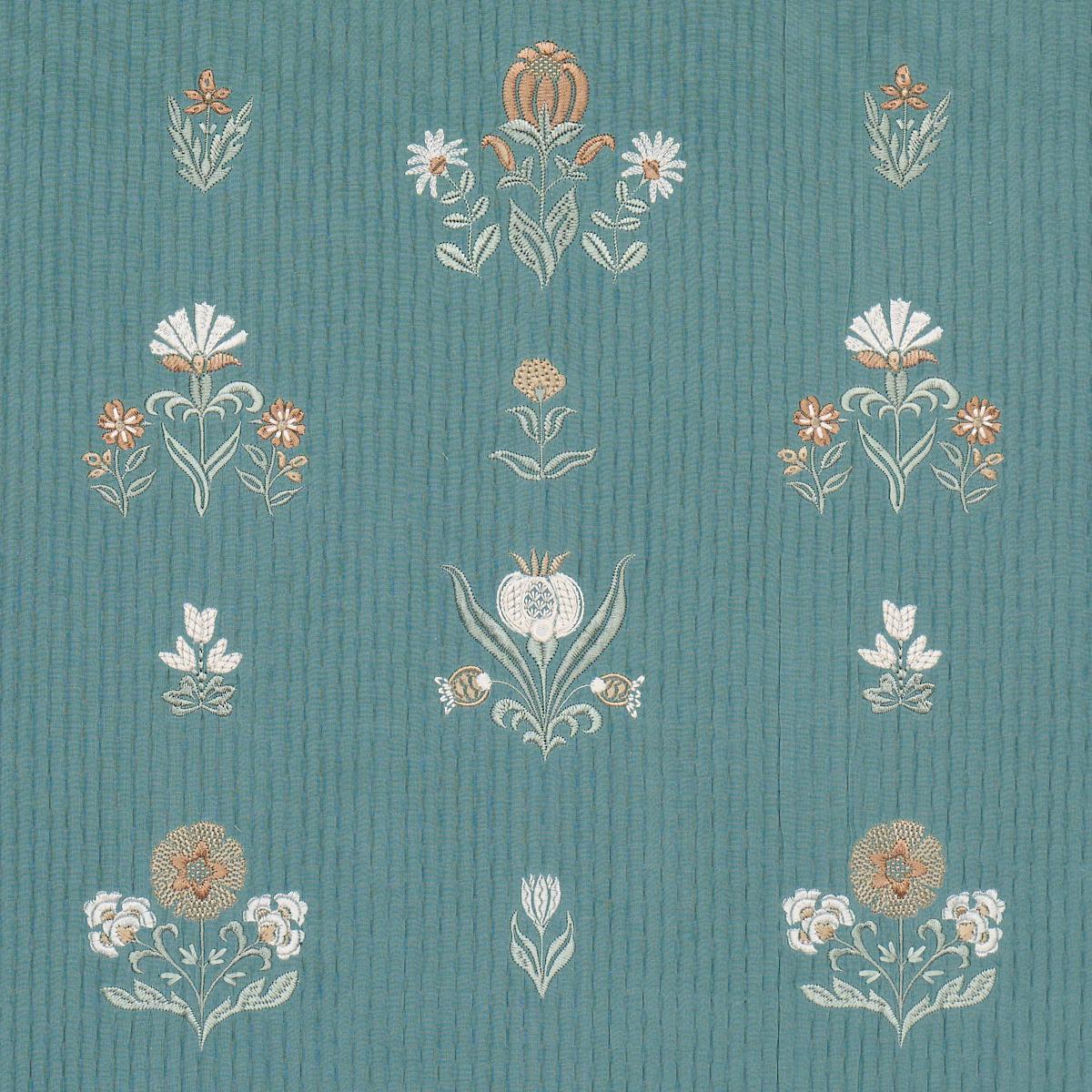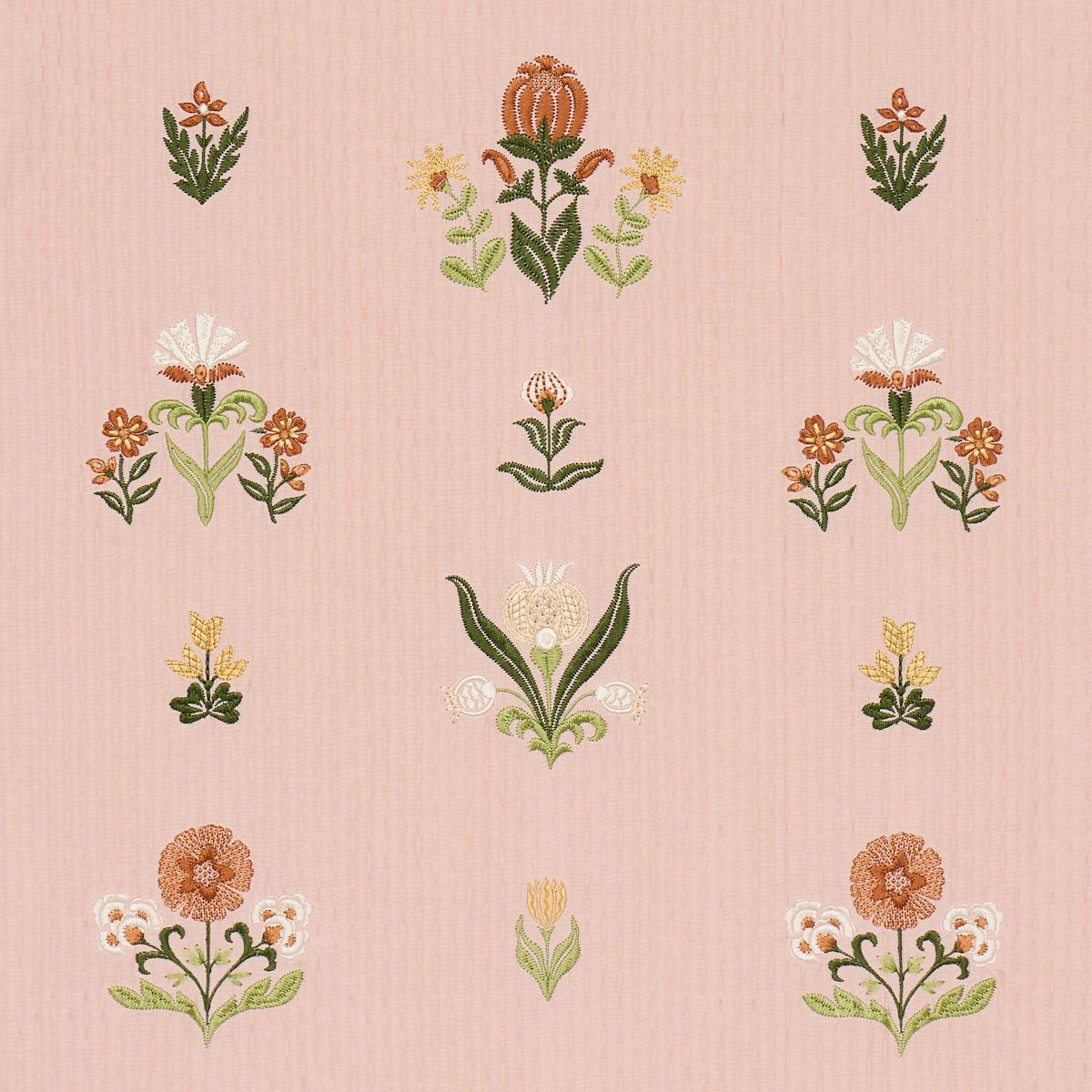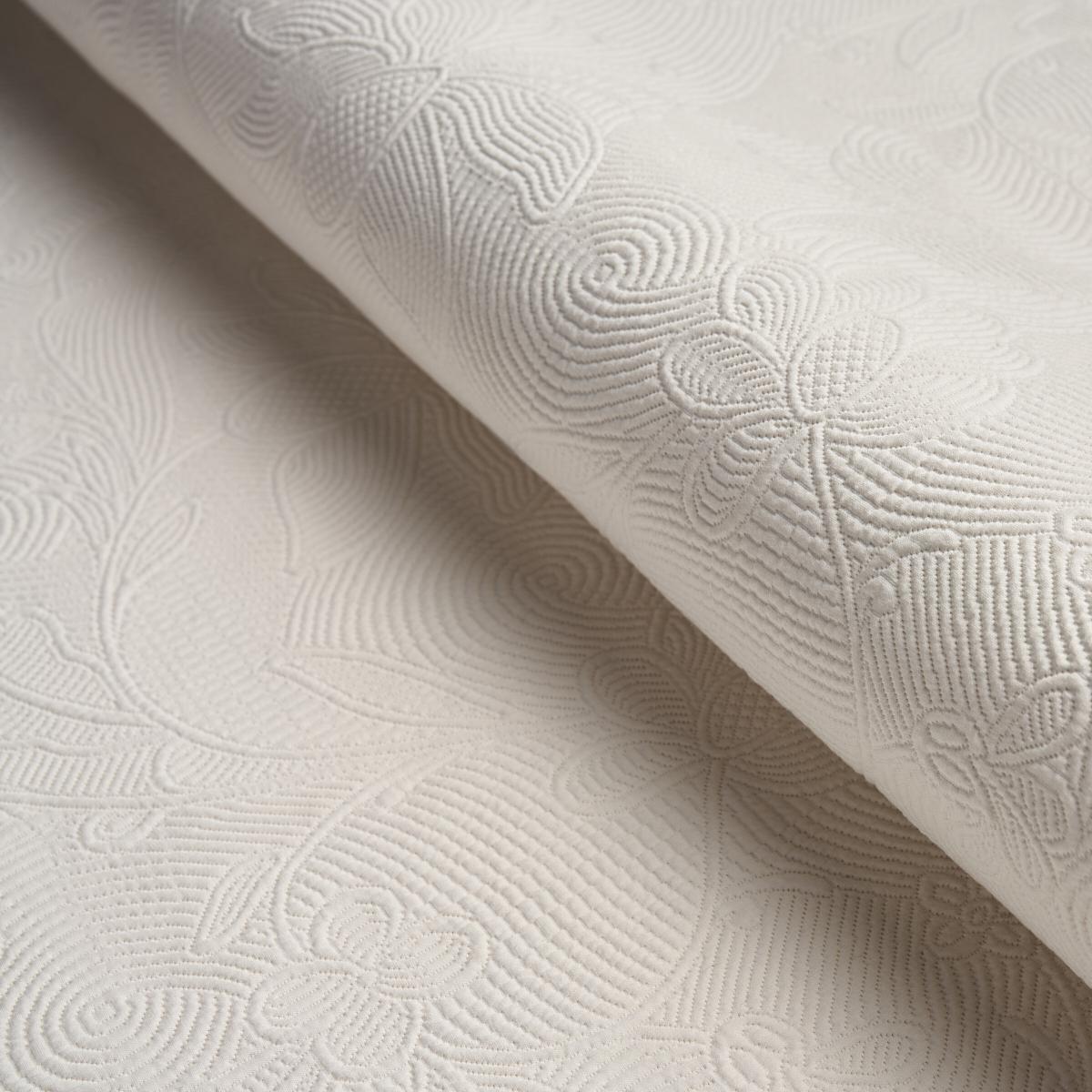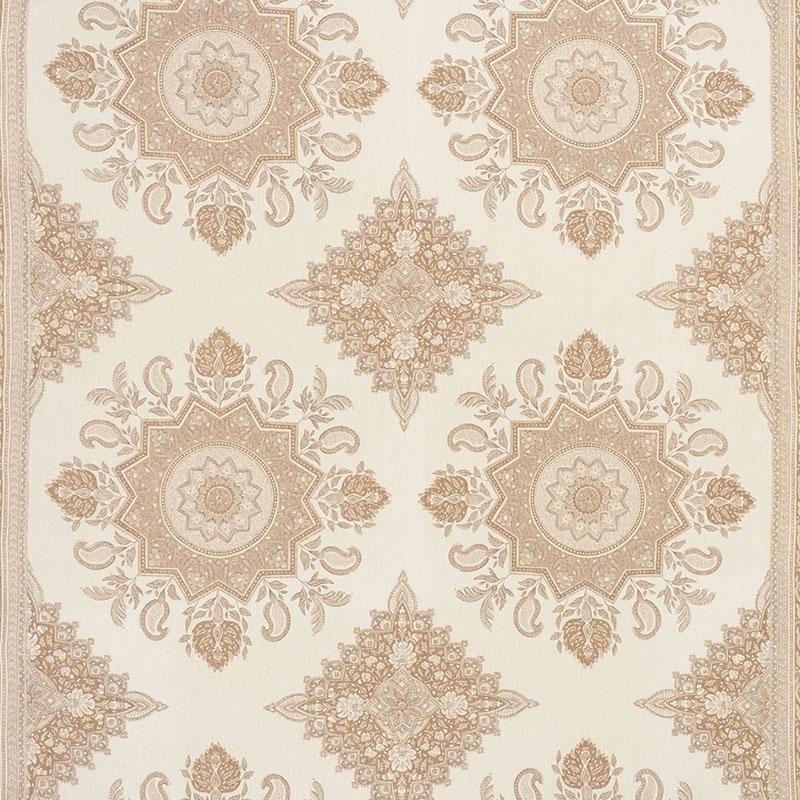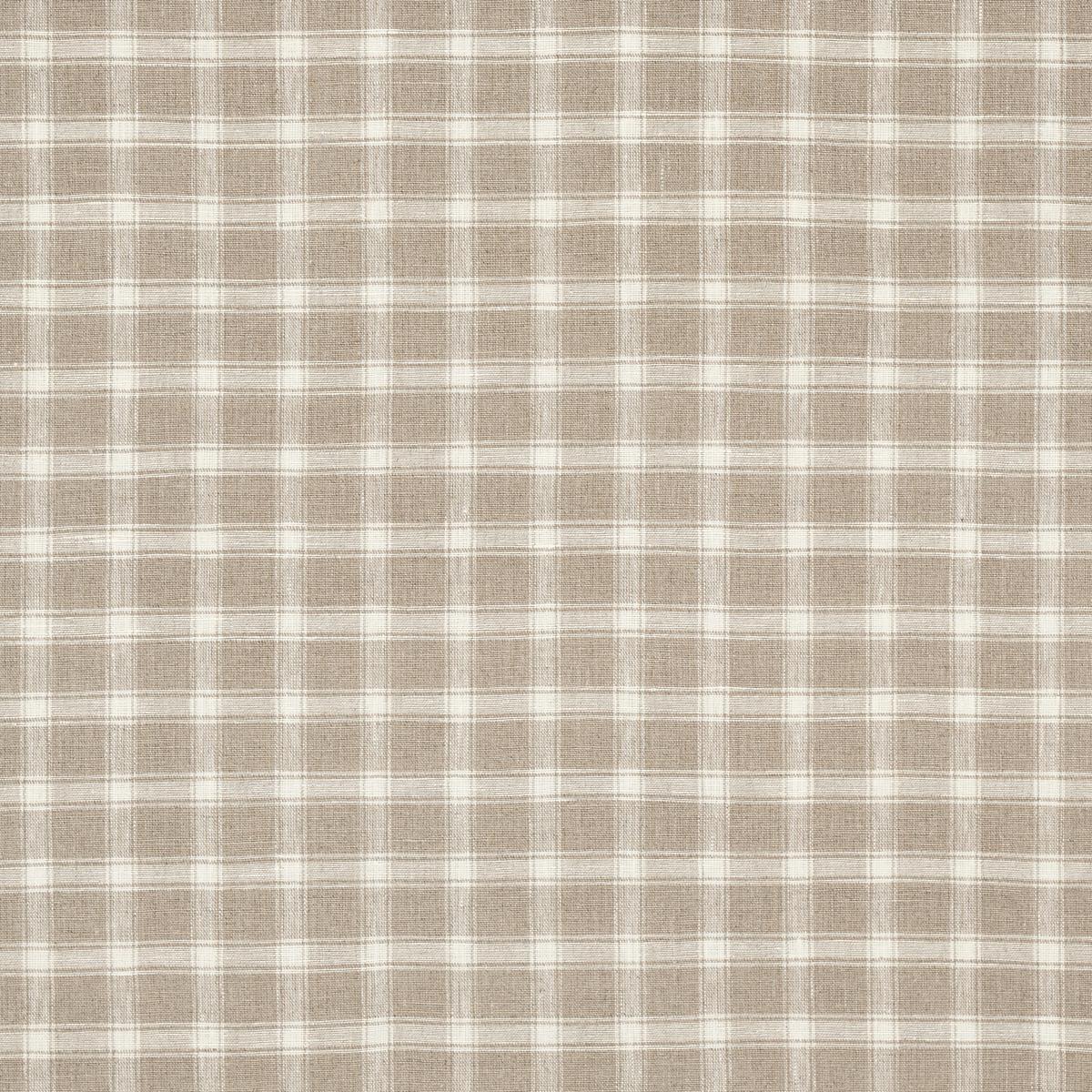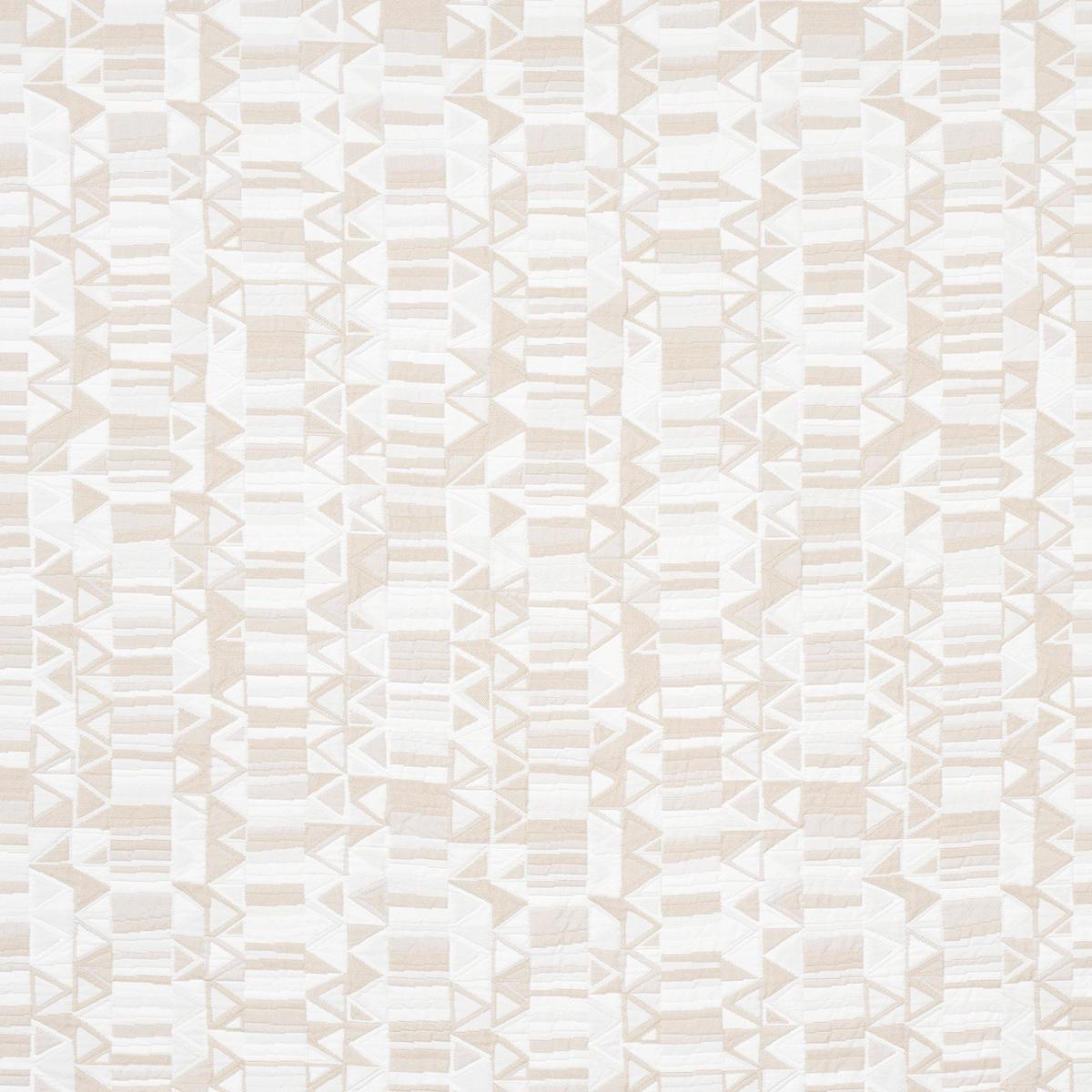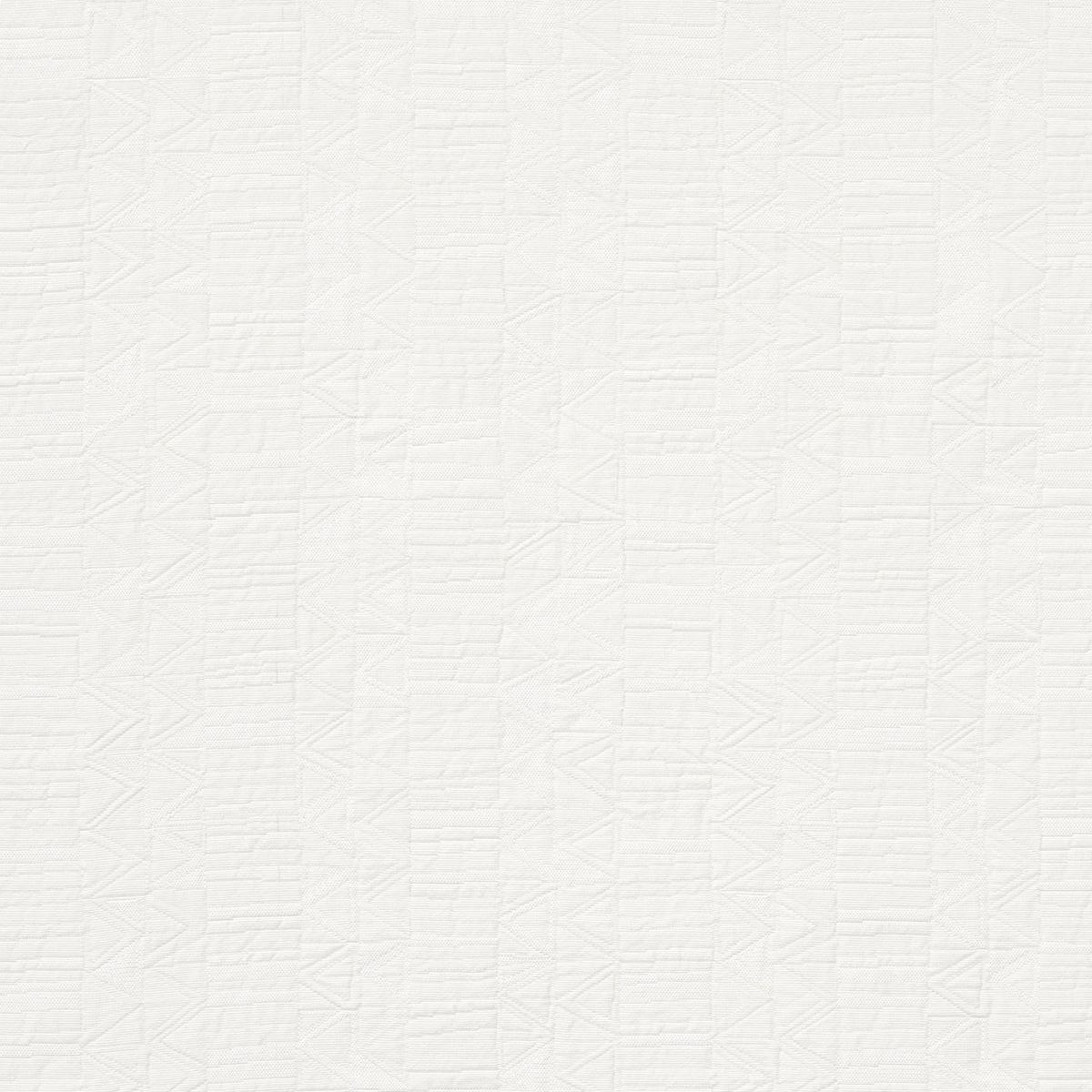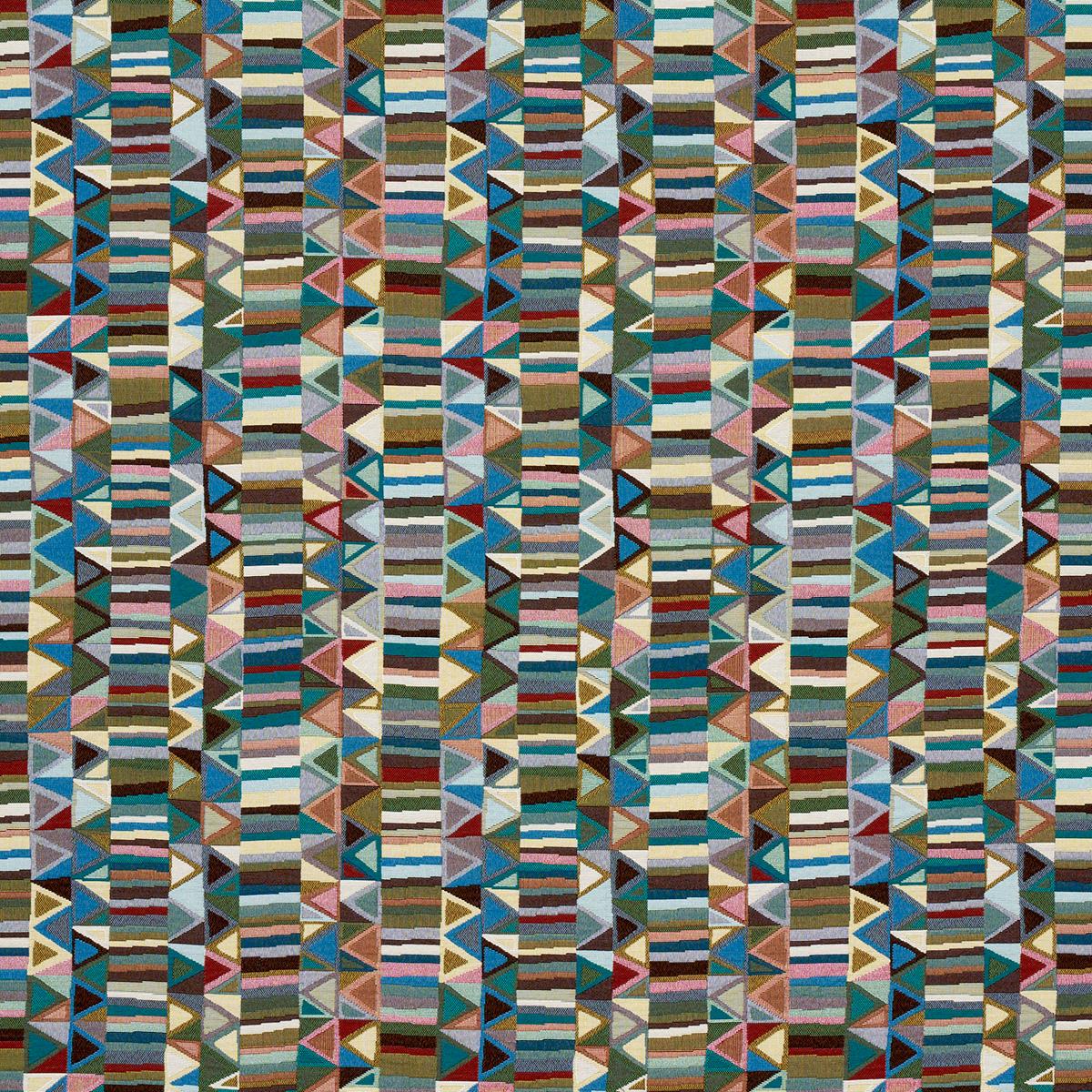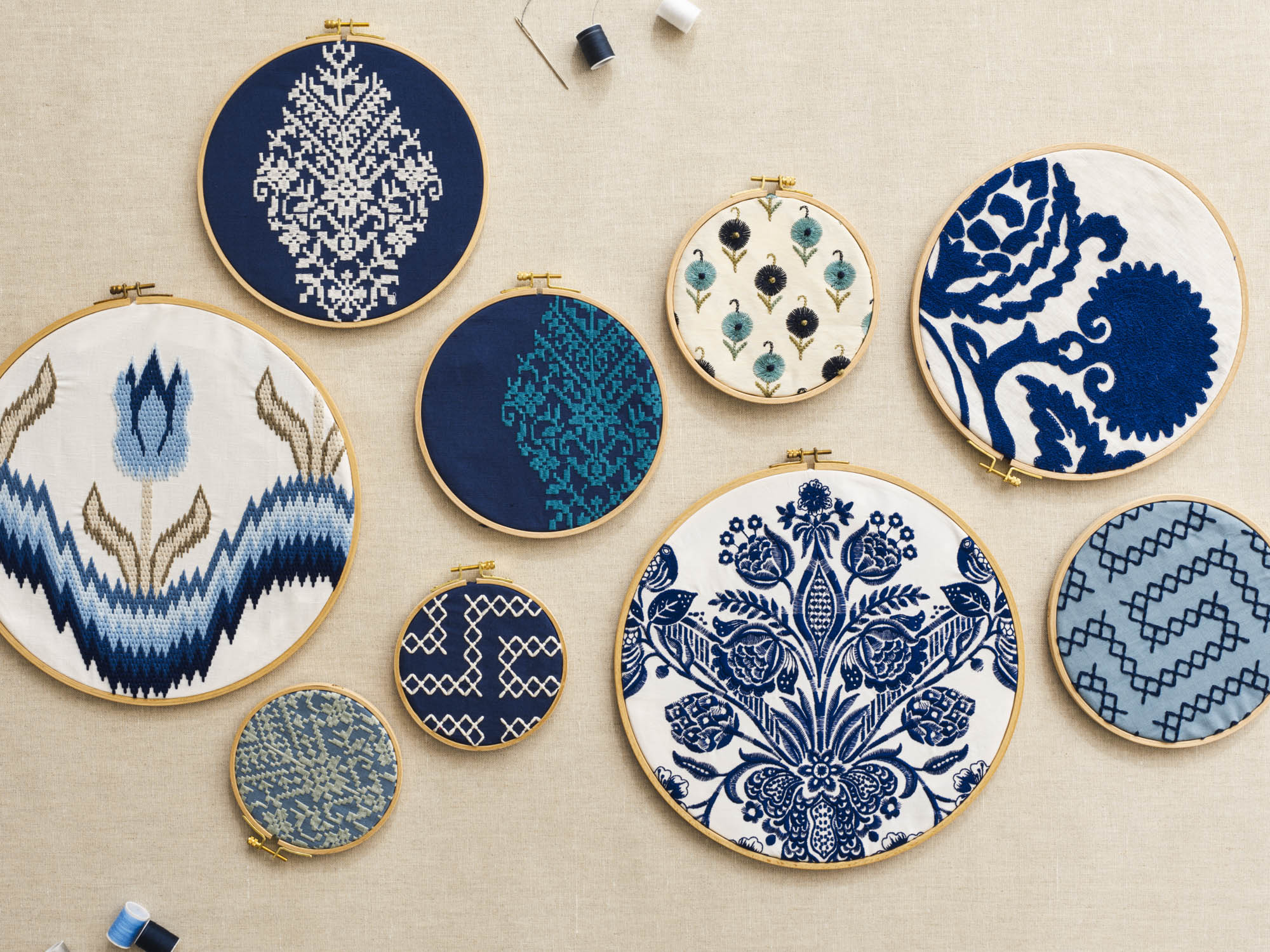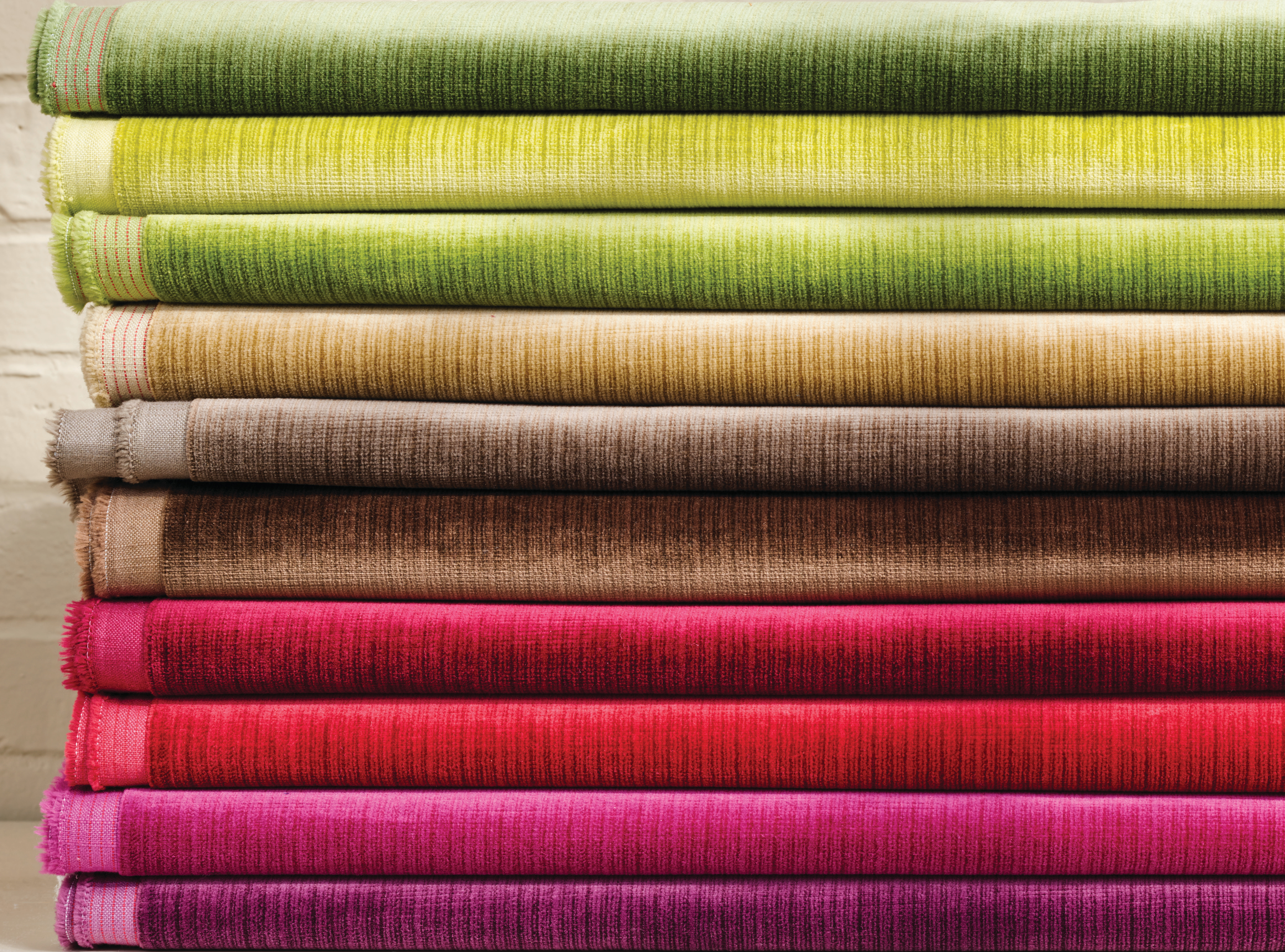The history of matelassé is a tale of innovation—and imitation. The story begins with exquisitely detailed needlework produced in 17th-century Marseille, where an all-white, quilted and corded textile known as broderie de Marseille became exceedingly popular for waistcoats, petticoats, bonnets, and bedcovers. Such finery cost a pretty penny, however, and soon enterprising Brits set out to replicate the look on their home turf. In 1745, Englishman Robert Elsden won a prize from the London-based Society for the Encouragement of Arts, Manufactures, and Commerce for inventing what was initially called woven quilting. Not to be outdone, the French further perfected the machine-weaving technique and dubbed their product matelassé, which translates literally to “quilted.”
By the 1850s, the padded all-white look had fallen out of fashion, replaced by a new fervor for prints. Yet matelassé remained a top choice for coverlets and furnishings, and so refinement of the weaving technique continued. Today matelassé fabrics are available in a wide variety of prints and patterns that go well beyond white—and are beloved for the dimensionality and softness they bring to a host of different applications. Read on for more on how to make the most of them.
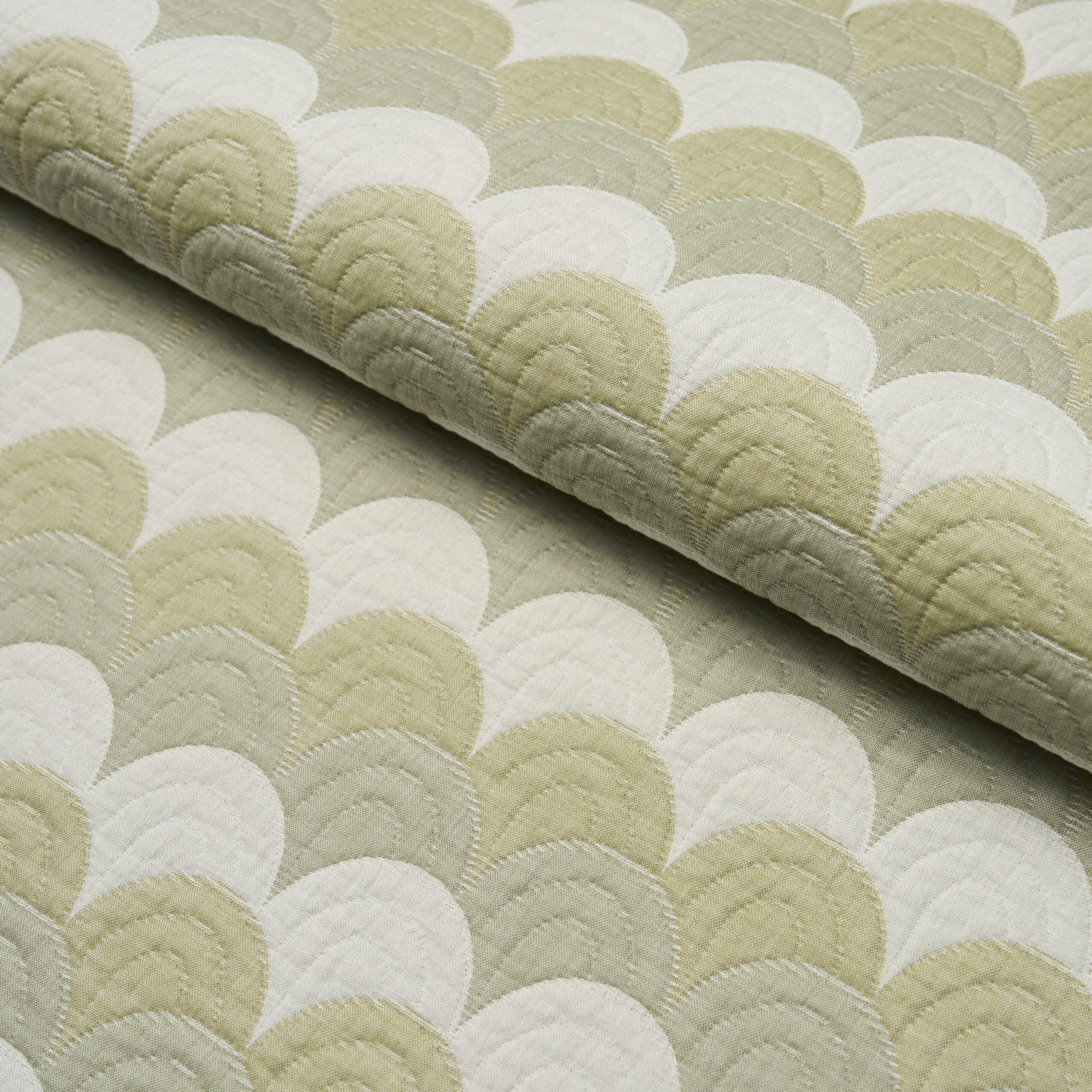
Schumacher’s Prairie Hills fabric takes matelassé’s characteristic quilted texture in a decidedly fresh direction with a pattern of tonal scalloped stripes.
Padding the Look: How the Illusion of Quilting Is Created
Designed to mimic finely quilted textiles, matelassé fabrics get their puffy, bubbly texture not from the layer of batting that’s used in quilting but from extra sets of yarns introduced during the weaving process. In addition to the regular warp and weft yarns, crisscrossing sets of crepe or coarse cotton yarns are incorporated. During the finishing process, these extra yarns shrink, giving matelassé its trademark puckered appearance.
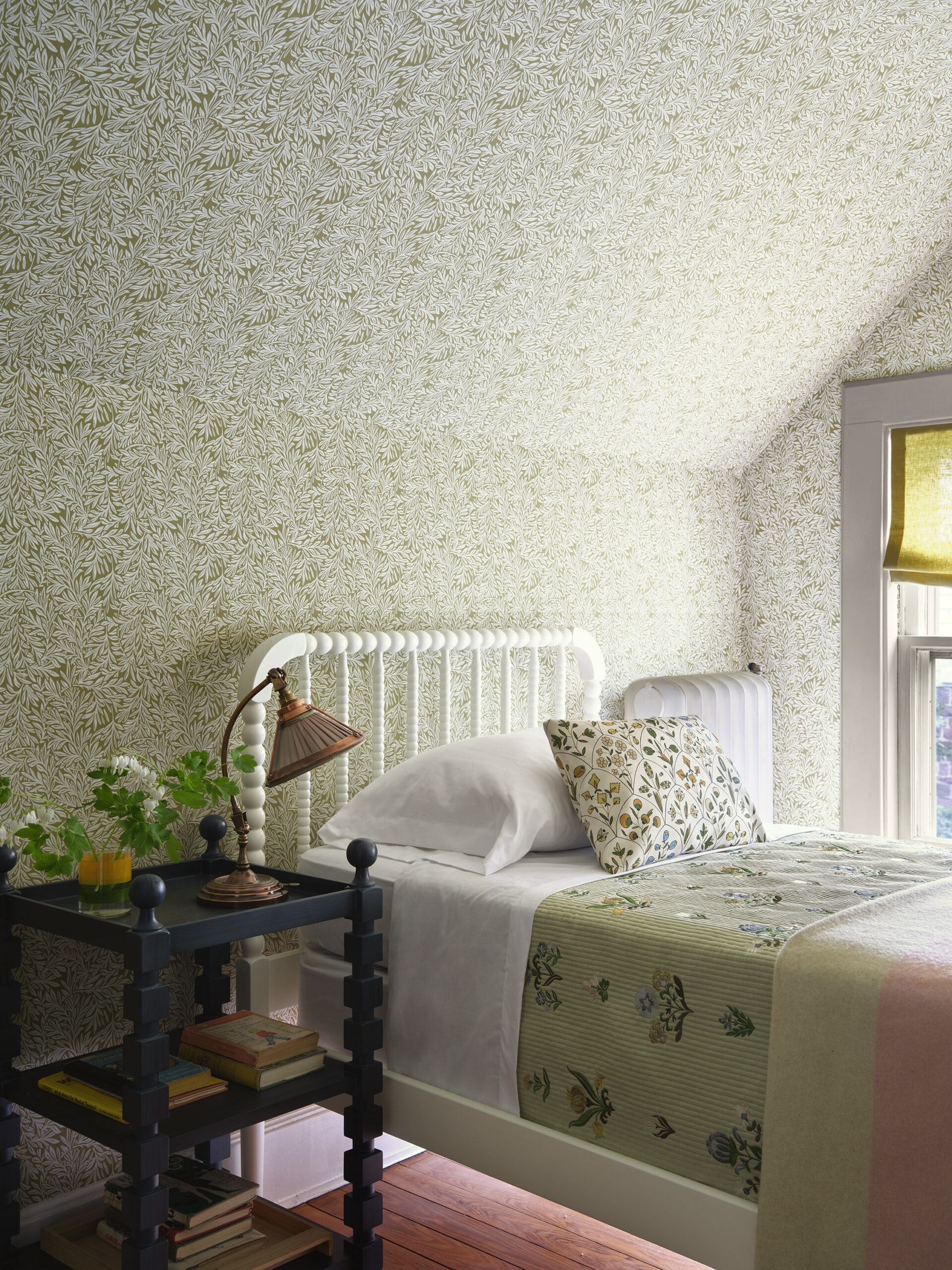
Inspired by traditional matelassé designs, Elmslie Embroidery has a plush channel-quilted look that’s embellished with elegant satin-stitched floral details. Its soft texture makes it wonderfully suited to bespoke bedding.
FRANCESCO LAGNESEA Fabric with Many Dimensions
Produced on complex jacquard looms, matelassés can mimic the intricate scrolling vines and diamond trellises characteristic of early broderie de Marseille as well as complex patterns that incorporate color and embroidered embellishments.
Consider Schumacher’s Bizantino Quilted Weave, a wildly intricate, energetic geometric stripe with the lofted look of a hand-quilted fabric. Or check out the graphic saw-toothed stripes of Isolde, which alternate with a textural diamond pattern. Then there’s the tactile modernity of Prairie Hills, with its rolling scalloped waves, and the groovy curves of Monterey Matelassé, which is made in Italy with soft bouclé yarns for extra-deep channels.
More of a traditionalist? Schumacher’s Quilted Scroll Matelassé, created in collaboration with the Colonial Williamsburg Foundation, is a wonderfully weighty cotton with fine details that evoke the elaborate silk cording of the 18th-century bedcover that inspired it.
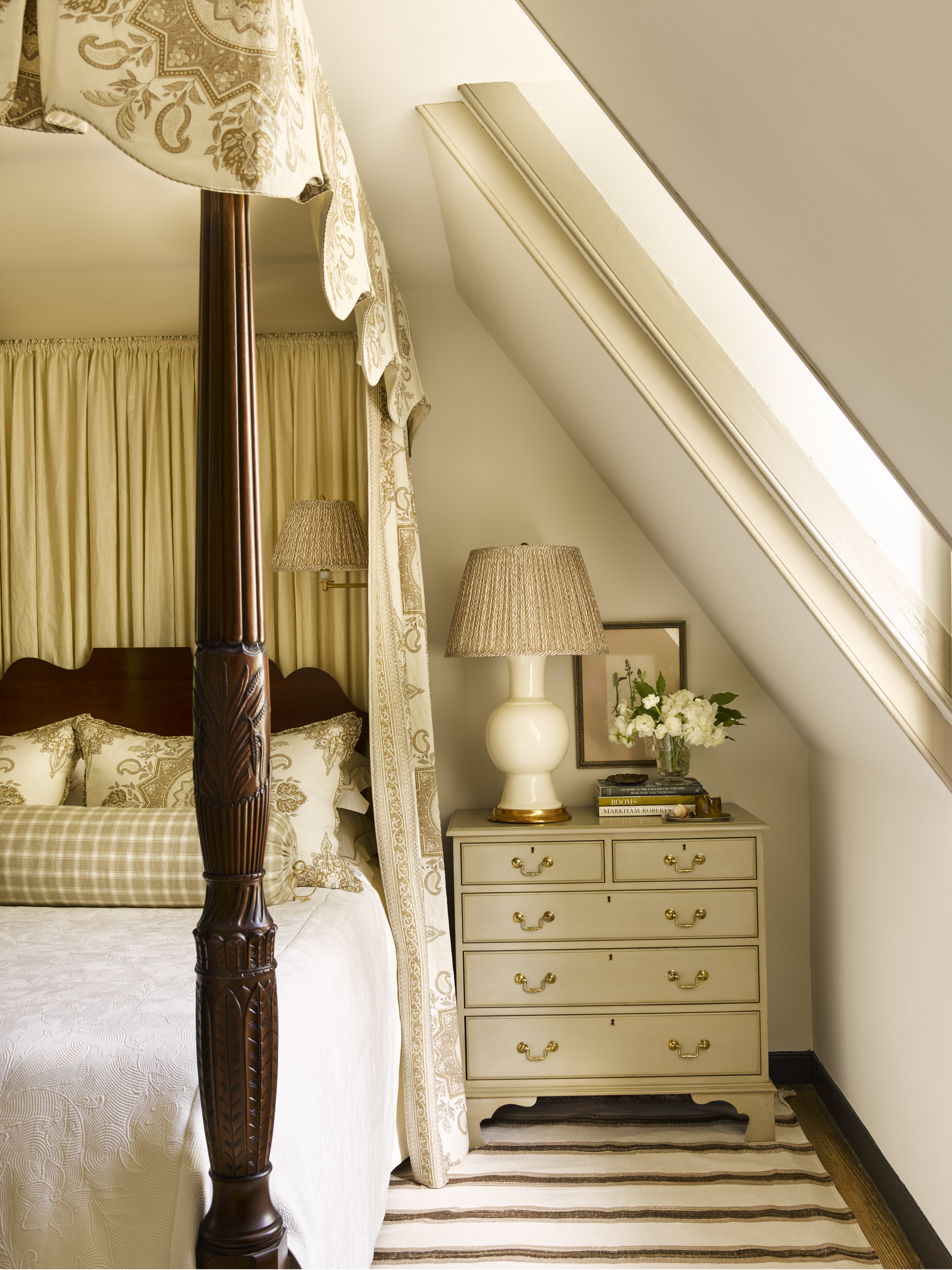
At the historic Nelson Galt House in Colonial Williamsburg, designer Heather Chadduck Hillegas fashioned a traditional all-white bedspread from Williamsburg’s 18th-century-inspired Quilted Scroll Matelassé. The canopy is in Montecito Medallion by Mark D. Sikes and the bolster features Williamsburg’s Crawford Linen Check.
Annie Schlechter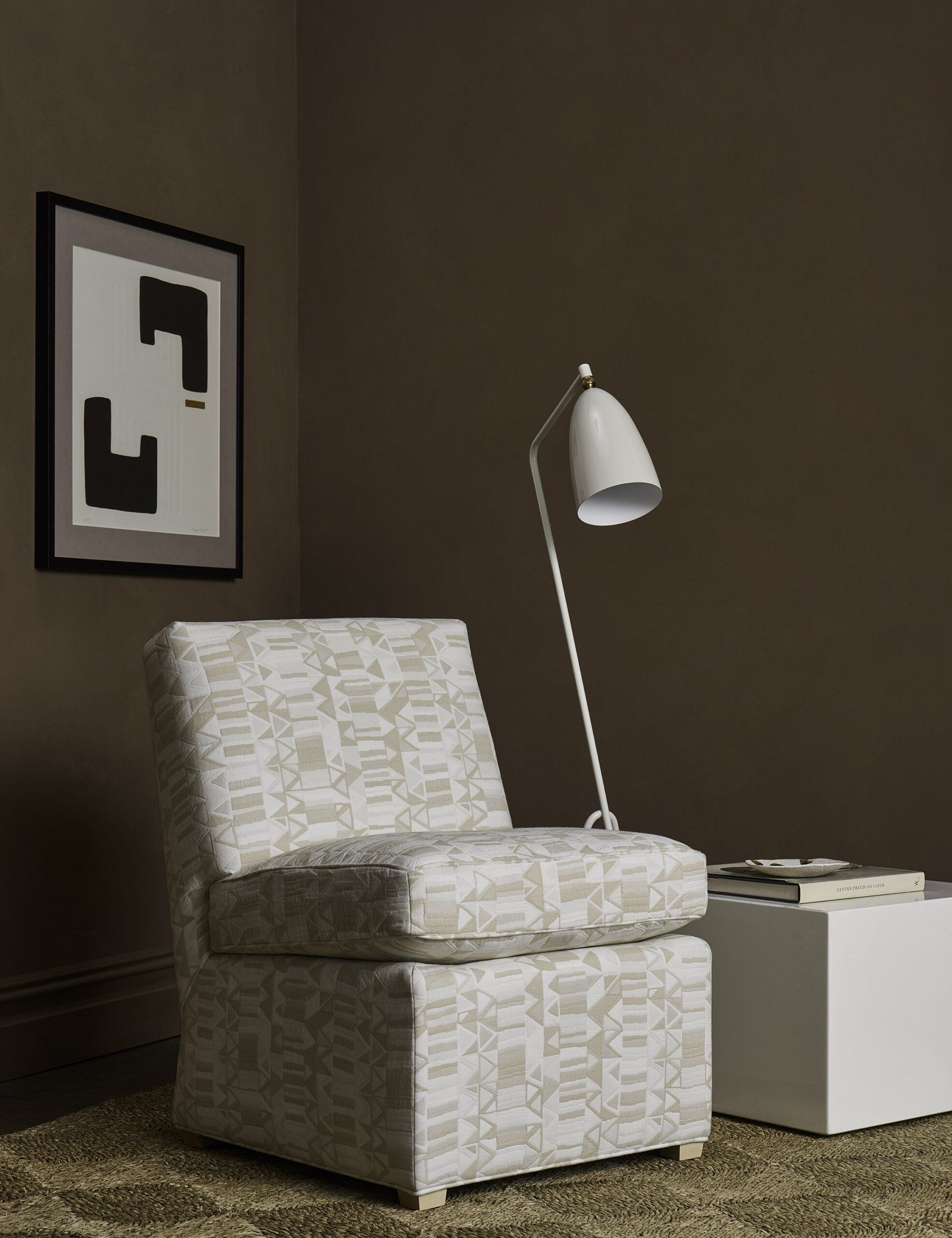
Billy Baldwin Studio crafted this dashing slipper chair using Schumacher’s Bizantino Quilted Weave, a sophisticated geometric matelassé fabric with a sturdy construction that makes it a fabulous choice for upholstery.
Kevin KerrHow to Use Matelassé? Think Beyond Bedding
Sure, matelassé is a classic when it comes to bedspreads and coverlets, but that’s hardly the end of the story. The delight of this fabric is in the fullness it gives to upholstered pieces. Rounded corners look rounder, pillows look fluffier, and the right angles of squared-off headboards take on dimensionality and softness. Try sturdier versions like Monterey on sofas and other seating, and consider geometrics for a structured and substantial look on slipcovers and bedskirts. And Schumacher’s indoor-outdoor options (including Ashcroft and Amazing Maze) go the extra mile, delivering stain resistance and toughness with a side of surprising texture.

